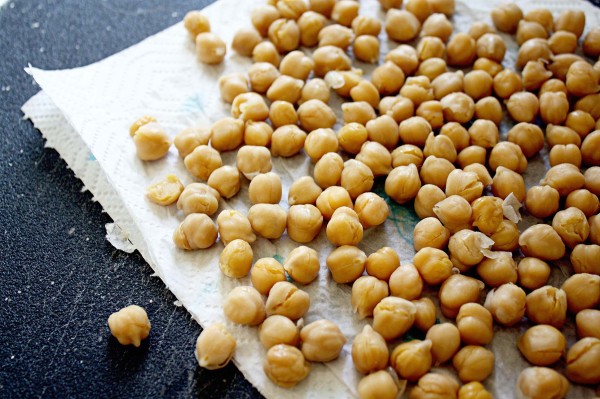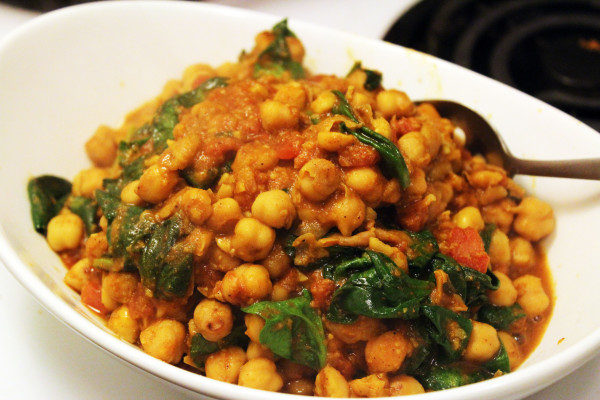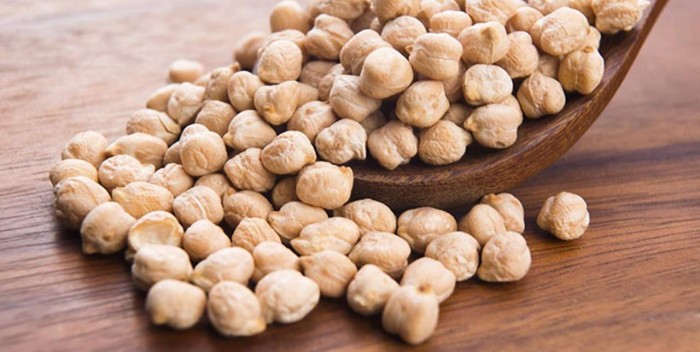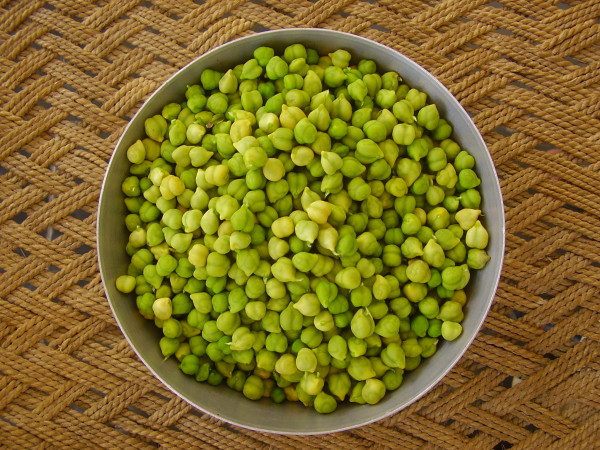The benefits and harms of chickpea
People began to cultivate chickpeas many centuries ago. Moreover, it was used not only as a product, but also as a medicine. In our country, chickpeas are practically not grown, but in the countries of the East it is very popular.
The benefits of chickpea
Chickpeas contain many useful and valuable minerals and vitamins... Chickpeas are considered a low-calorie product - there are only 120 per 100 grams. kcal... This legume is very high in the amino acid needed to create adrenaline, choline and cysteine. This amino acid regulates cholesterol levels, prevents the liver from overgrowing with fat, and contributes to its normal functioning.
The benefits of chickpea are evidenced by the fact that its composition contains more than 80 useful substances. It is able to give the human body youth, improve brain activity, and also inhibit education malignant tumors.
Chickpeas are good for people with heart disease - it helps to strengthen blood vessels and heart. This product is recommended for normalizing the activity of the gastrointestinal tract, and for normalizing blood sugar. These legumes contribute to an increase in male strength, improve the condition of the skin and vision, and it is especially good to use chickpeas as a means of preventing glaucoma and cataracts.
Chickpea contains fibers that dissolve in the intestines, as well as insoluble ones. The dissolving fibers are converted into a gel in the stomach, with the help of which all harmful substances are removed from the intestines. Insoluble substances are useful for stimulating bowel function and are an excellent means of preventing constipation.
For women, especially during pregnancy, it is very useful to eat chickpea dishes. The product contains iron, which is consumed in the female body much more than in the male. Chickpeas are useful for women as a prophylaxis against anemia and to stimulate the formation of hemoglobin.
Chickpeas are especially recommended for people who abstain from eating meat. It provides the body with essential protein, as well as a special amino acid that rebuilds and builds muscle fibers. Even people who practice a raw food diet eat chickpeas. They pre-soak the chickpea beans in water and eat them raw.
Chickpea harm
For some people, chickpeas should be eaten with caution. This product belongs to legumes, therefore, like the rest of the family, it is able to increase the amount gases in the intestines. This is most often manifested in the first days of use. To reduce this unpleasant phenomenon, it is necessary to soak the chickpea beans in water for at least 12 hours, and add cumin or marjoram to the finished chickpea dish.
 To avoid stomach discomfort, avoid eating chickpeas with fruits that are high in pectin. You can also not combine chickpeas and cabbage. To avoid stomach cramps, do not drink a lot of water while consuming chickpeas.
To avoid stomach discomfort, avoid eating chickpeas with fruits that are high in pectin. You can also not combine chickpeas and cabbage. To avoid stomach cramps, do not drink a lot of water while consuming chickpeas.
The main contraindications to the use of chickpea include:
- Gout.
- Inflammatory diseases of the gastrointestinal tract.
- Thrombophlebitis.
- Peptic ulcer disease.
How to cook chickpeas
As we noted above, before cooking, chickpeas must be soaked. Chickpea beans absorb water very actively, so take 3 or 4 times more liquids than the chickpea itself. Use cool or room temperature water. Never soak chickpeas in hot liquid. This will cause the protein in the product to curl up and not soften the chickpeas.
 Some housewives add soda to the soaking water. But it does give a noticeable flavor to the chickpeas, so decide for yourself whether you need to soften the chickpeas faster or you can wait a while.
Some housewives add soda to the soaking water. But it does give a noticeable flavor to the chickpeas, so decide for yourself whether you need to soften the chickpeas faster or you can wait a while.
- After soaking, the water must be poured out and the chickpeas must be refilled with a new portion of water.
- Place the pot over high heat and let it boil.
- Then reduce the intensity of the heat and cook, skimming off the foam.
- When the chickpeas are boiling, do not add salt to them. As a last resort, do this at the very end of cooking.
Boiled chickpeas can be used as a base for many dishes. It can be added to soups, mashed or made into porridge from chickpeas. In the countries of the East, chickpeas are added to pilaf or made from falafel or hummus. Chickpeas are also suitable for making salads or a delicious side dish.



